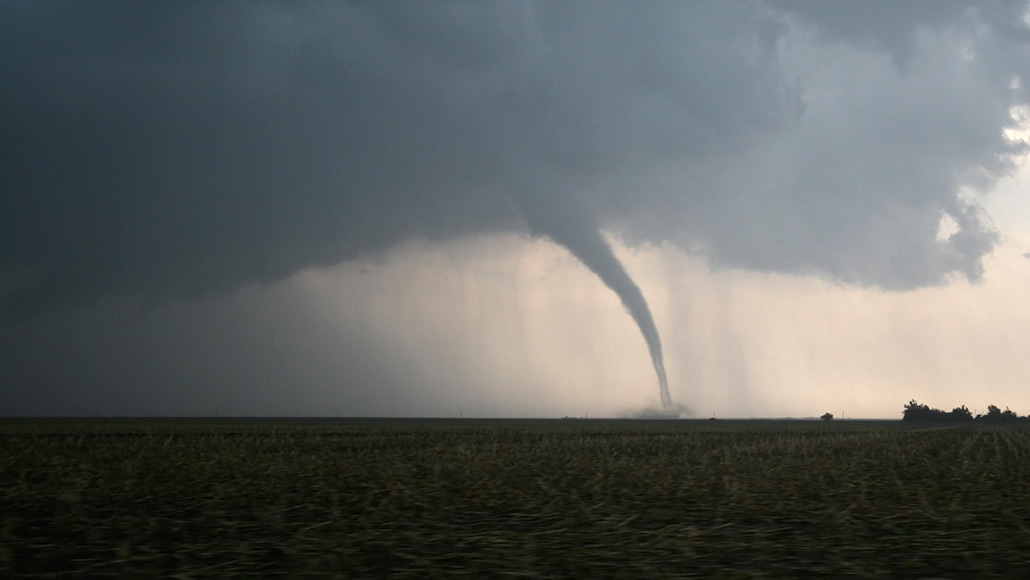More tornadoes are popping up east of the Mississippi
The twisters are becoming slightly less frequent in Tornado Alley

States such as Mississippi, Alabama and Tennessee are seeing more tornadoes each year than in the past, a study finds.
deepspacedave/iStock/Getty Images Plus







